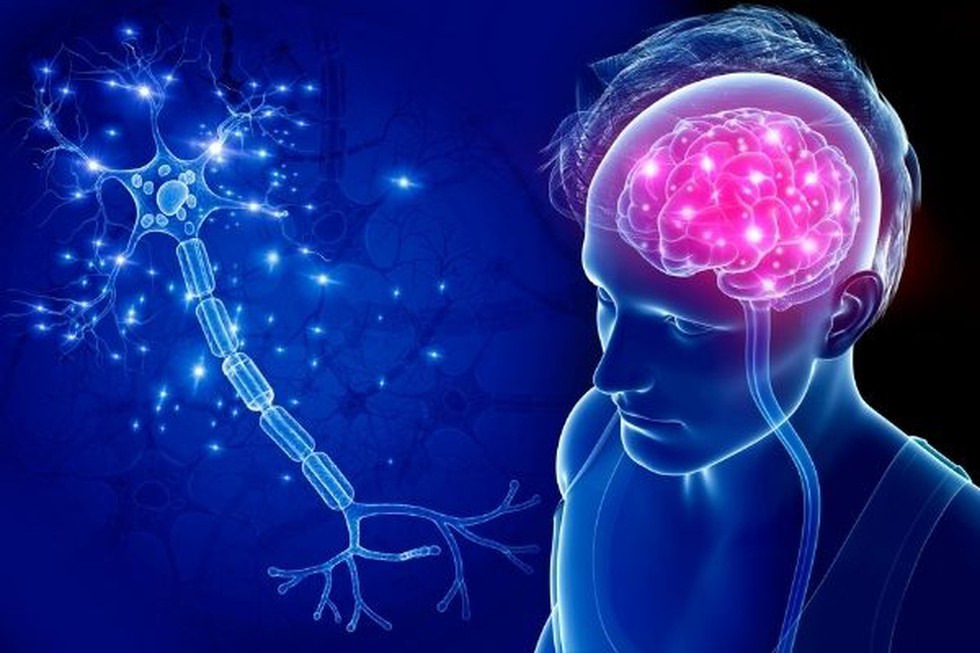About Motor Neuron Diseases (MNDs):
- MNDs are a group of progressive neurological disorders that destroy motor neurons, the cells that control skeletal muscle activity such as walking, breathing, speaking, and swallowing.
- Motor neurons are found in the brain and spinal cord, and they help tell your muscles what to do.
- MND can appear at any age, but the symptoms usually appear after the age of 50 years.
- Early signs of MND include weakness and slurred speech. This eventually leads to paralysis.
- It affects more males than females.
- Causes:
- The exact cause of MND is not known. Generally, MND is believed to be caused by a combination of environmental, lifestyle, and genetic factors.
- Most cases of MND develop without an obvious cause.
- Around 1 in 10 cases is 'familial', meaning the condition is inherited. This is due to a genetic mutation, or an error in the gene.
- This group includes diseases such as amyotrophic lateral sclerosis, progressive bulbar palsy, primary lateral sclerosis, progressive muscular atrophy, spinal muscular atrophy, Kennedy's disease, and post-polio syndrome.
- The most common type of MND is amyotrophic lateral sclerosis (ALS).
- It affects both the upper and lower motor neurons—the neurons in the brain and spinal cord—which then affects the muscles of the arms, legs, mouth, and respiratory system.
- On average, people with ALS live for 3–5 yearsafter receiving the diagnosis, but with supportive care, some people live for 10 years or longer.
- Treatment:
-
- There is no cure or standard treatment for the MNDs.
- Symptomatic and supportive treatment can help people be more comfortable while maintaining their quality of life.
